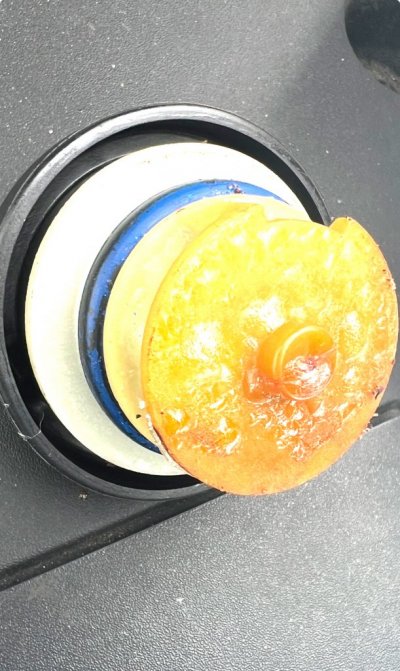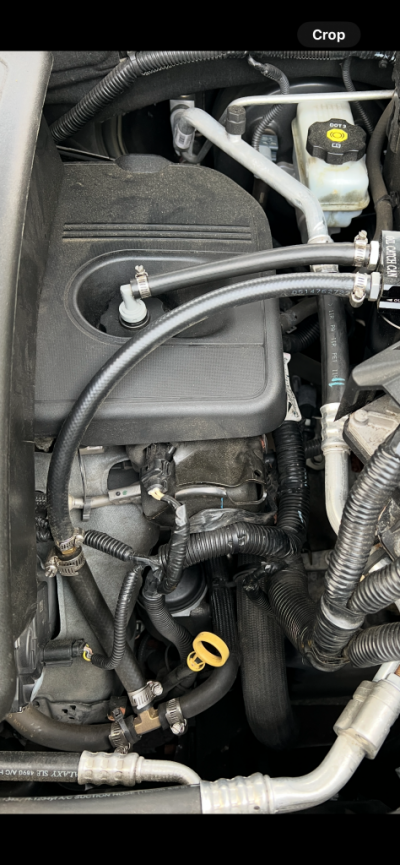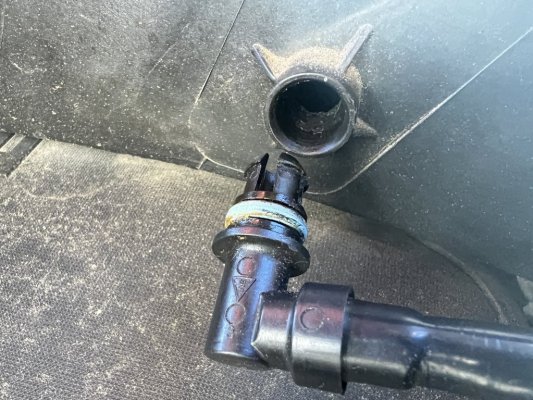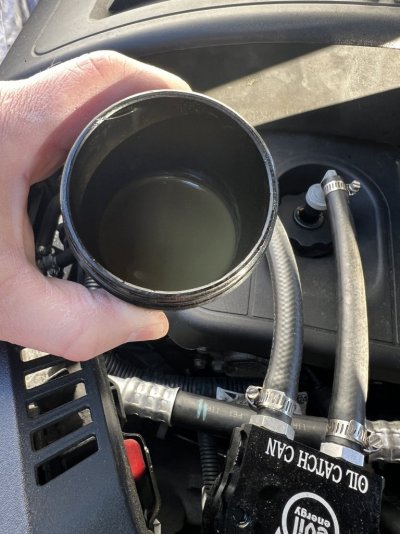Exceptional62$
New member
- Joined
- Dec 18, 2024
- Messages
- 2
- Reaction score
- 0
i own a 2017 Equinox, less than 130000 miles on it. With no warning my car lost oil.. Now Im told it blew the real main seal, apon futher investigation of the engine timing chains, something froze causing all the damage to my car. Told that GM knows of this problem. Have been told GM has sent out how the car is to be drilled out to prevent this from happing again. I live in Michigan. We have freezing temps here. If these cars freeze causing damage, Why are they sold in Michigan. Total cost to fix 3300.00. Why???????




